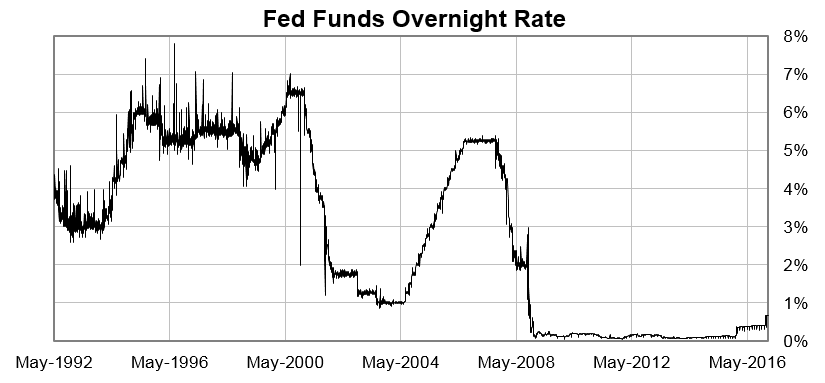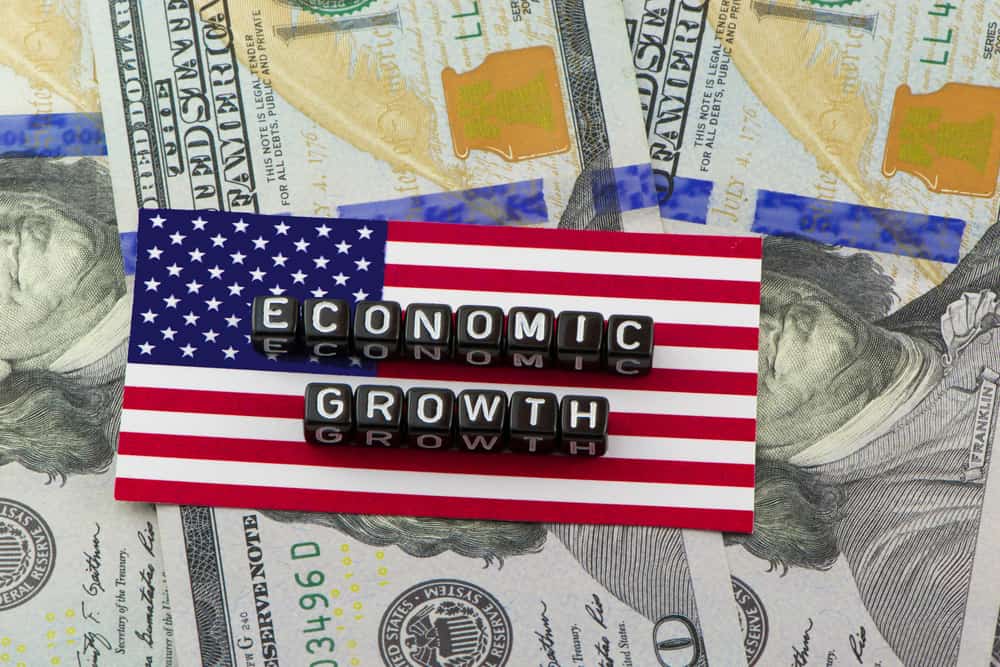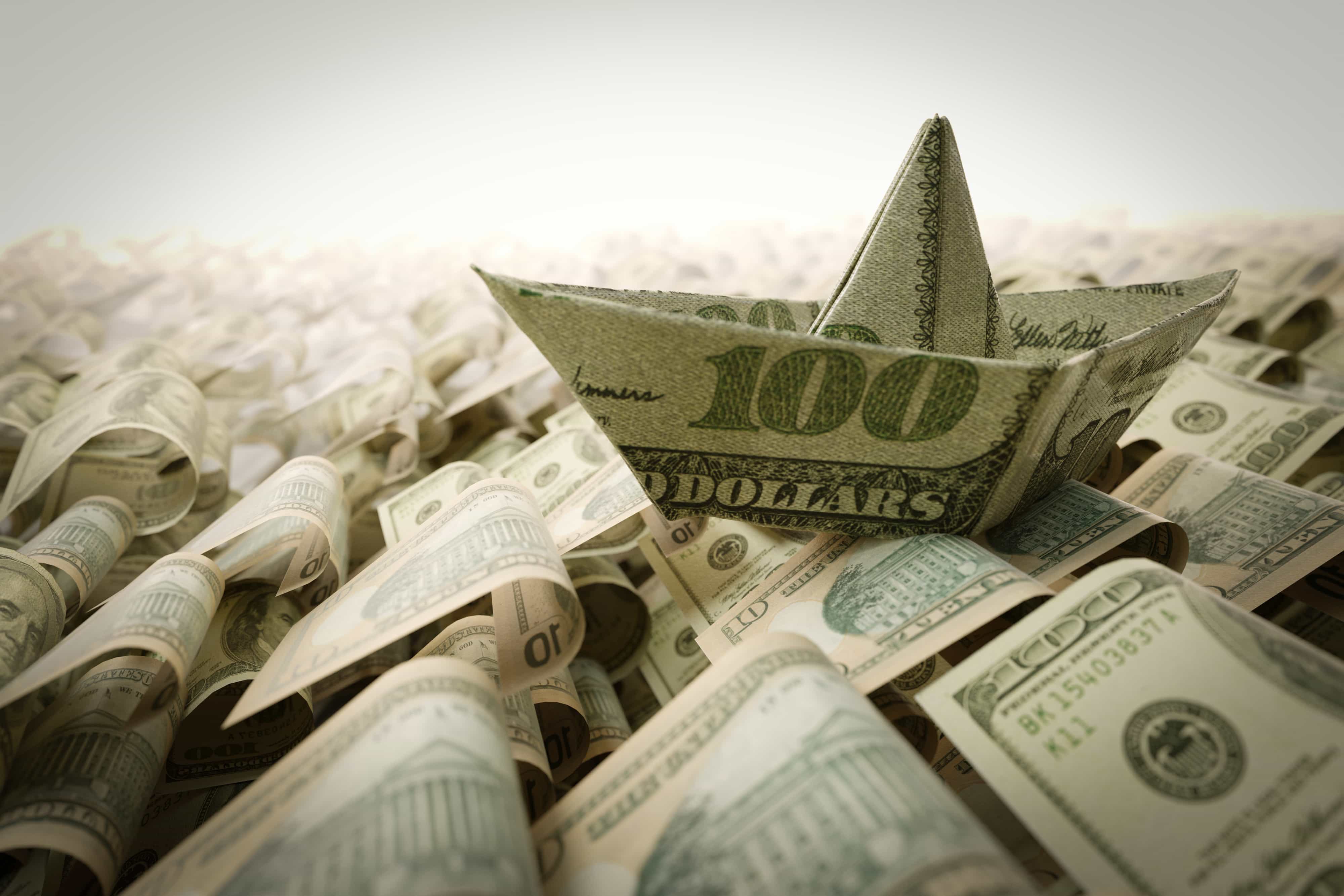We’ve just finished the first week of President Donald Trump’s four-year term … and it’s been a busy one.
For those of you keeping up, he’s already racking up executive orders and presidential memoranda to get the ball rolling on the agendas he campaigned on and to keep the promises he made to his voters.
The markets have generally cheered his efforts, with the Dow crossing the historic 20,000 level last week — a moment Trump stated he was “very proud of” in his first televised interview last Wednesday night.
He went on to add: “Now we have to go up, up, up.”
Speaking about a market that has been on an eight-year tear, one Trump himself has claimed is extremely overvalued, this seems to be a little bit of gloating on his part.
But if you believe his promises to “make America great again” and grow the U.S. gross domestic product, or GDP, by 4%, the bull market could easily continue.
However, there is one major roadblock that may be in his path to hit those targets, and we will get our first look at it later this week…
It’s the Federal Reserve, our nation’s central bank.
Here Comes the Fed
On Wednesday, the Fed will conclude its first two-day meeting of the year, giving us a glimpse of what it’s going to do during this Trump presidency.
See, the Fed, which dictates the U.S. benchmark for interest rates based on employment and inflation data, is prepared to increase rates several times this year after patiently waiting for some fiscal stimulus since the Great Recession.
Take a look at where rates have been the past few decades:

(Source: S&P Capital IQ)
Since the early ‘90s, there has been a steady up-and-down flow to the interest rate to accommodate the economy, and in all of the rate-hike periods, like 2003 to 2007, the stock market was running higher.
But since 2008, even though stocks have soared, the Fed has failed to raise interest rates, hence its eagerness to raise rates this year.
It’s important to understand why the Fed wants to raise rates. There are really multiple reasons, but the two most common it cites are:
- To stabilize economic growth; i.e., not let the economy overheat.
- To have room to reduce rates and help stimulate economic growth if our economy runs into trouble.
But the repercussions from rising interest rates are where Trump’s dilemma begins.
A Major Problem
Trump noted last May that a rate hike could cause a “major problem,” particularly if the U.S. dollar strengthened — and I don’t think his stance has changed since he became president.
He can argue that we live in different economic times now, but one of the biggest impacts of rising rates and a stronger dollar will be on U.S. debt — something he inherited as president.
Now, rising rates do two things to jeopardize his goals:
- A rate-hike cycle has historically been something the stock market reacts negatively to, either by a correction or an eventual crash.
- The dollar strengthens based on the fact that the U.S. rates are higher than the rates of other currencies.
When you combine rising rates with Trump’s agenda — his expected spending plans, trade policies and target of 4% growth — it puts even more pressure on the dollar.
I know, it doesn’t sound all that bad. America’s currency is stronger than the others … so what? Well, a stronger dollar has several implications for our economy.
The main impact is that a stronger dollar hinders exports, and that may slow Trump’s plans to navigate trade deals with countries that would end up paying more for our goods compared to goods from countries with weaker currencies.
And if the U.S. stock market is going through a downturn, he won’t have the confidence of businesses and consumers that he needs to accomplish his goals.
I know this is just one plausible scenario of how things could play out, but based on Trump’s comments, it’s one he has foreseen.
Prepare for Battle
So how will Trump handle his dilemma of keeping rates low and our dollar relatively weak?
No one knows yet, but one thing I can guarantee is that market volatility will begin to pick up in the coming months — and that creates numerous opportunities to profit for active traders. It will be an extremely exciting and profitable time for many of us.
As long as the Fed sticks to raising rates multiple times this year, the conflict between it and the outspoken president of the U.S. will only heat up.
At the conclusion of the Fed’s two-day meeting this Wednesday, it will be our first preview of a battle between our central bank and our new commander in chief that will only intensify as the year goes on — and our team will be here to guide you through it all.
Regards,
Chad Shoop, CMT

Editor, Pure Income








